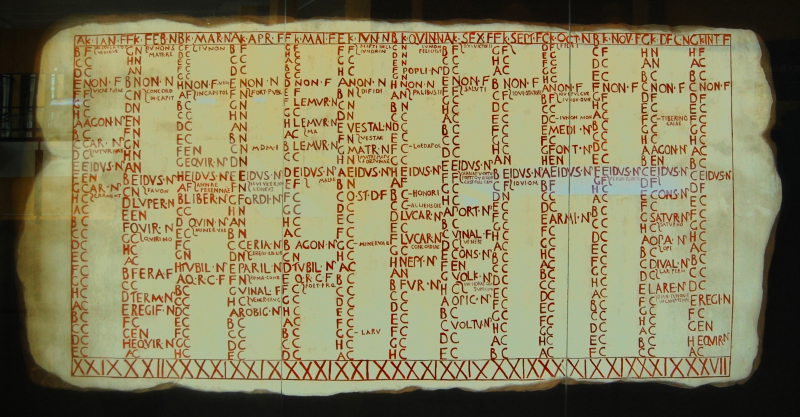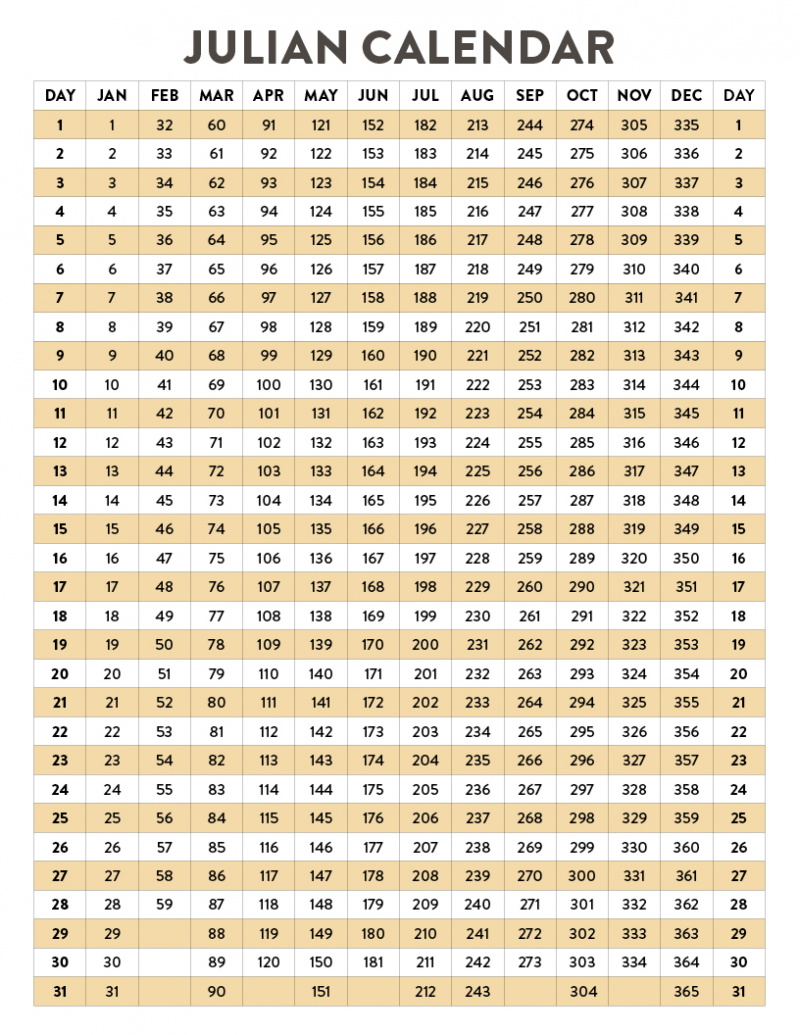Developing the Julian Calendar

Top 8 in Top 10 Ancient Roman Inventions
355 days made up the Roman republican calendar. It was essentially a lunar calendar, with an intercalary month of 27 or 28 days added once every two years to make up for the difference between the calendar and the solar year. The Pontifices were responsible for the Intercalation, which over time grew erratic due to carelessness and corruption. Because of this, by the 40s B.C., the Roman civic calendar had moved nearly three months ahead of the solar calendar, making it out of sync with the seasons and holy festivals.
Julius Caesar devised a new calendar system with 12 months and a cycle of three years of 365 days, followed by a year of 366 days, in 46 B.C. to remedy this (leap year). The start of the Julian Calendar also changed from March 1 to January 1. The Gregorian calendar was created in 1582 to account for the fact that the year is not exactly 365 and 14 days long. The Julian calendar, which was more precise, had been in use up until that point.











